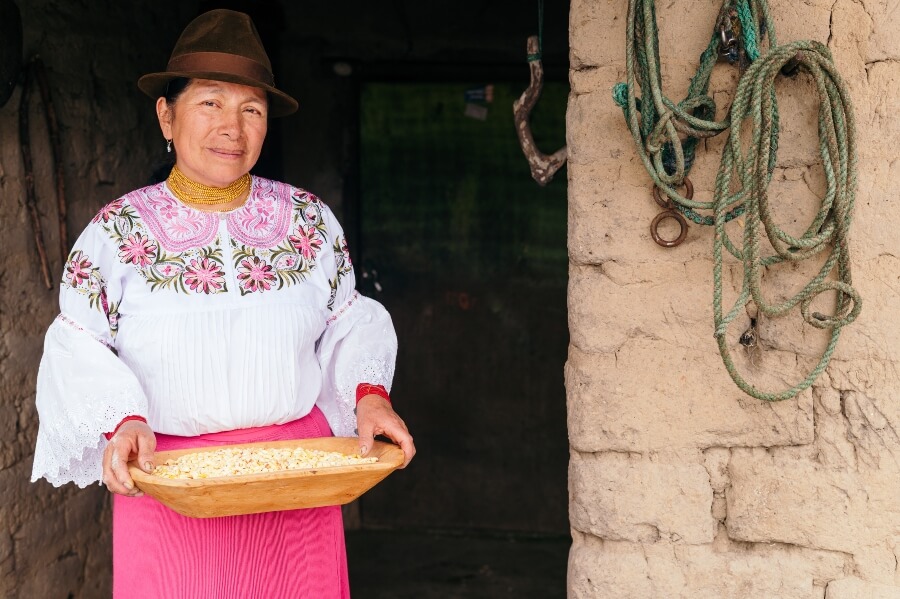“I’d like to celebrate my 65th birthday in Paris,” I told my husband a few years ago. “Will you join me?”
It felt like a lifetime ago since I had last set foot in France, though when I calculated it, in fact it had only been half my lifetime ago. That would have been 1985, when I was 32 and change. Still, I wasn’t just in a different stage of my life then, it seemed a different life—or half-life—altogether.
Can’t go to Paris with a sweetheart? NextTribe takes small groups of women to Paris twice a year. Here are details on our next adventure.
On that previous journey, I was married to a different husband, my college sweetheart, already ill, though we did not yet know how profoundly, nor how few years he had ahead. The exchange rate of American dollars to French francs (remember them?) was more than favorable at the time, and my in-laws had generously invited us to join them on a three-week driving tour through different regions of France, seeing the sights and sampling the cuisine along the way.
Perhaps what was most striking about that trip was that, despite our being cooped up together in a small car so much of the time, it was almost entirely squabble-free. I don’t count my mother-in-law’s predictable backseat driving, accompanied by my father-in-law’s equally predictable insistence that she cease and desist. We were fine companions, and they are all ghosts now, even, sadly, my mother-in-law, who though still living, is lost to advanced Alzheimer’s.
I was in a different life, but my previous one was inseparable from the one I was living now, and I knew that some amount of déjà vu would be inescapable on this return trip. But my goal was not time travel to the past, nor was it to be haunted as I revisited old haunts. Turning 65 was not a time to be mournful, but to be grateful. The idea was to celebrate the current season (each year truly is a triumph, I always say) while at the same time honoring glimpses of the previous half-life that co-exists with my current one.
My second husband, Phil, whose beloved first wife had also died too soon, understood all this and happily signed on.
Read More: Good News: There’s Still Time for Taking a Late Honeymoon
Déjà Vu: Peeling Back My Life’s Layers

Diane with her second husband Phil, celebrating her birthday in Paris.
Perhaps no country is better suited for living in multiple eras, both personal and historic, than France, and no region there more so than the one that I had been longing to revisit for—yes—half of my life: the Dordogne, in Southwest France.
This is an area of lush rivers, astonishing rock formations and fertile greenery that also abounds in prehistoric caves, many of whose interiors are decorated with the first artistic creations of homo sapiens. Over the millennia, these caves and hanging cliffs have provided refuge and shelter for one tribe of people after another fleeing invaders or marauders—think Romans, Vikings, Goths, etc. And again and again, after disaster and loss, the people here had gone forward to forge new lives, to build and rebuild towns, communities, cultures, and civilizations whose traces remain today, to be seen right alongside the current towns and cities.
At least, that is how the panoramic view struck me this time around. Perhaps my father-in-law had been driving too fast, just as my mother-in-law always said, leaving my memory as blurry as the mostly awful snapshots I had tried oh so artfully to compose, but the first impression I originally fell in love with was the exquisite mix of rock canopies and tree canopies, of rippling water and reflected colors. That view was still there, too.
Maybe, I wondered, if contrary to what I had thought in advance of this recent trip, my own different half-lives were a bit like this, too—not distinctive strata so much as co-existing layers that had, over time, become so blended and jumbled together that they formed a continuously evolving whole. What had changed was that in addition to focusing on the prehistory of the area itself, now I was also thinking of my own prehistory.
My previous life is inseparable from the one I am living now.
Those thoughts absorbed me as I revisited the site that had sold me on this area the first time around: Rouffignac, often called the cave of the hundred mammoths for the vast number of depictions of these and other now-extinct animals throughout the subterranean passageways, created by artists who coexisted with them some 11,000 years ago.
Half my lifetime ago, in the 1980s, those caves symbolized for me the despair and grief I had so recently experienced after two difficult pregnancy losses, not knowing whether my husband and I would ever be parents. And, in my current lifetime, I remembered how lost I had also felt after the death of my first husband.
Looking Through a New Lens
But these artworks had endured and not become extinct—and, it turned out, neither had I, at least not quite yet. I remembered that after my first husband and I had returned from that original trip, we had found a different path to parenthood, through the adoption of our son, now 28. And my second husband Phil and I both had found in our previous marriages the foundation on which to build the love and camaraderie that we now enjoyed, with this vacation an example of the give-and-take through different half-lives and full-lives together and apart.
What had changed was that in addition to focusing on the prehistory of the area itself, now I was also thinking of my own prehistory.
I had worried that Phil would not be as enthralled as I with the Dordogne, but I need not have. In the course of our previous travels together, he had introduced me to the breath-taking splendor of the National Parks of the American Southwest—places he had explored with his late wife. Now I realized it had been my turn to return the favor: to bring us to another landscape that demonstrated endurance and resilience, in spite of—well, just about everything.
With this part of our trip completed, Phil and I returned our rental car and boarded the train to Paris. As we dined together—in Paris, to celebrate my milestone birthday—the proverb I had learned in junior high school French class flitted through my mind: Plus ca change, plus c’est la meme chose—the more things change, the more they stay the same. Just like each of us.
Read More: Best Restaurants in Paris: A Guide 40 Years in the Making
A version of this story was originally published in March 2018.























0 Comments